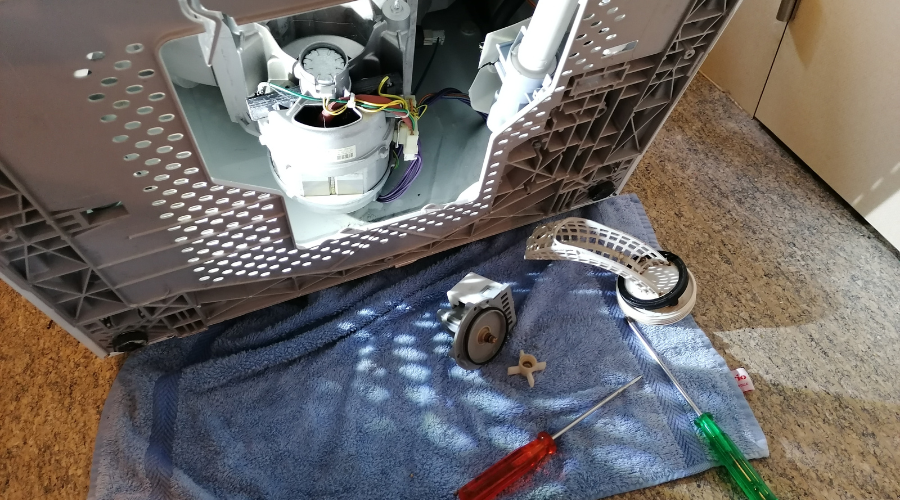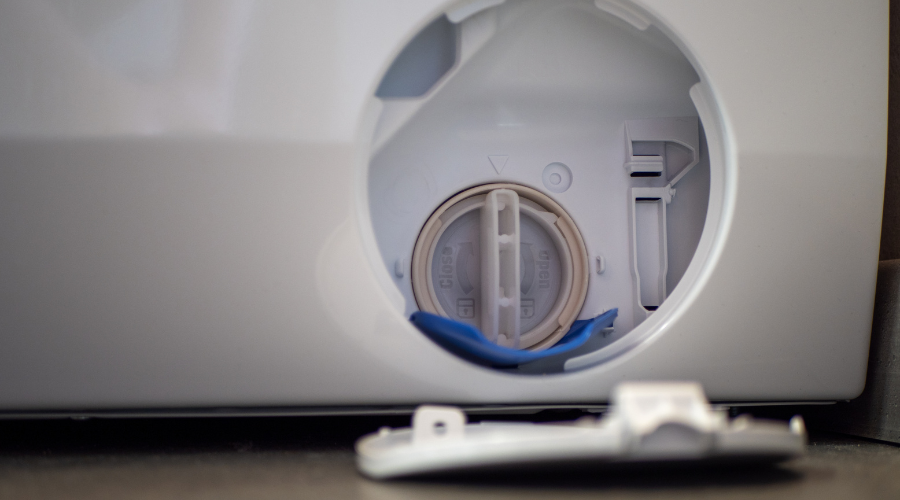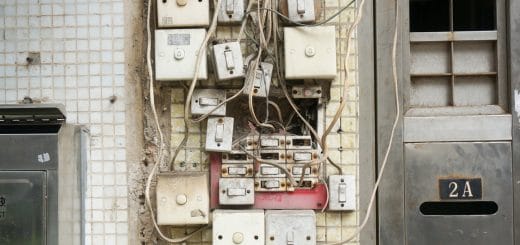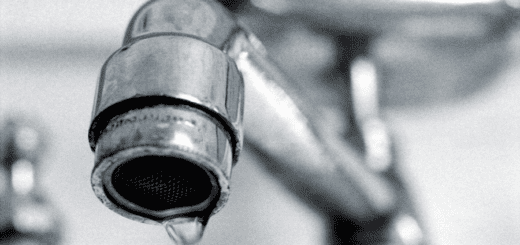How to Safely Drain a Washing Machine
There can be several reasons why your washing machine is not draining properly. It could be due to a lint clog, an obstruction like a sock in the drain pump, or even a kink in the drain hose. Rest assured, there are effective methods to drain your washing machine without causing any mess in your home.

Supplies Needed to Drain a Washing Machine
The first step to draining a washing machine is to gather your supplies. This is what will be needed:
- A bucket
- Pliers (needle-nose)
- A plumber’s snake
- Screwdriver
- Towels
- A shallow container such as a baking dish
- The owner’s manual for the appliance
Draining a Top-Loading Washing Machine
Always first check that the lid is closed. A top-loader washing machine only drains and spins if the lid is fully closed. If it is not draining, it may mean that your lid switch is broken. Try to press the lid down and see if it starts draining. If this process does not work this is what you should do:
- Shut off the power and put towels down:
First unplug the machine or if it is hard wired, make sure to shut off the proper circuit breaker so that you can avoid electric shock. Put towels down around the machine so they can pick up any spills.
- Find the drain hose in the back of the machine:
Give yourself space by pulling the washer away from the wall. Look for the colored hoses on the back. There are three hoses: red for hot water, blue for cold water, and the gray hose for draining. It is helpful to turn off the water supply to hot and cold water just to be on the safe side. Next, disconnect the drain hose from the pipe and hold it above the washing machine so you don’t spill water.
- Get the water drainer:
Put the drain hose in a bucket to let it fully drain. Once the bucket is completely full, put the drain hose back and empty the water out of the bucket. Keep repeating this process until your drum is fully emptied.
Manual Draining of a Front-Loading Washing Machine

The process for draining a front-loading machine is slightly different from draining a top loading machine so make sure to follow this process and if you are unsure on how to drain your specific machine, follow the directions in your owner’s manual. Here are the steps that work for draining most front-loading machines:
- Shut off the power and put towels down:
Always unplug the machine first or shut off the proper circuit breaker if it is wired into the electrical system. This avoids the risk of electric shock. Put towels down around the washing machine in case you spill any water.
- Find the drain hose:
In front loading washers, there is either a single drainpipe filter or a drainpipe filter and a drain hose. Usually, it is located behind the panel on the bottom front of the machine. Check your owner’s manual to see how to open the panel. Some washers require you to use a screwdriver to do this.
- Wait for the water to cool:
- If you used hot water to wash a load in your washer, it is crucial to allow it to cool down before draining it. This precautionary step is particularly important when using front-loading machines. Since there is no way to test the temperature, it is always advisable to give the water ample time to cool. Additionally, wearing gloves, even after cooling the water, can further minimize the risk of burns.
- Get the water drained:
If your machine only has a drain pump filter, place a shallow container under the filter to collect the water. Slowly turn the knob and allow the water to flow into the container. Once the container is full, turn off the knob and empty the water. Repeat this process until all the water is drained. If your machine has both a drain pump filter and tube, unclip the drain tube and unscrew the end cap to release the water. Once the water is fully drained, replace the cap and securely clip the hose back in place.
- Make sure to scrub the filter:
If the filter has any debris, make sure to rinse it with warm water and scrub it with a soft brush.
Find the Cause of the Draining Problem
Once your machine has been drained, you should try and find the source of the issue. Here are some common causes of drainage issues:
- Clog in the drain hose: If the water does not easily rush out of the hose when you lower it into the bucket, you may be dealing with a clog. Try using a plumber’s snake to remove any blockage.
- Drain pump clog: If you think you are dealing with a blockage, check your owner’s manual to see where the drain pump is located. It is usually located behind the removable panel in the front or back of the machine. Make sure to clear out any clogs with needle-nose pliers.
- Use the right amount of detergent: Always make sure you are using the proper amount of detergent meant for your machine to reduce any buildup.
Professional Water Damage Restoration

If you’ve experienced water damage to your home or business, make sure you call a water damage restoration professional right away. Highly trained technicians will clean, dry, and restore your property back to its original state. They use state-of-the-art equipment and methods to remove all water and moisture and ensure your property is damage free quickly and efficiently.












